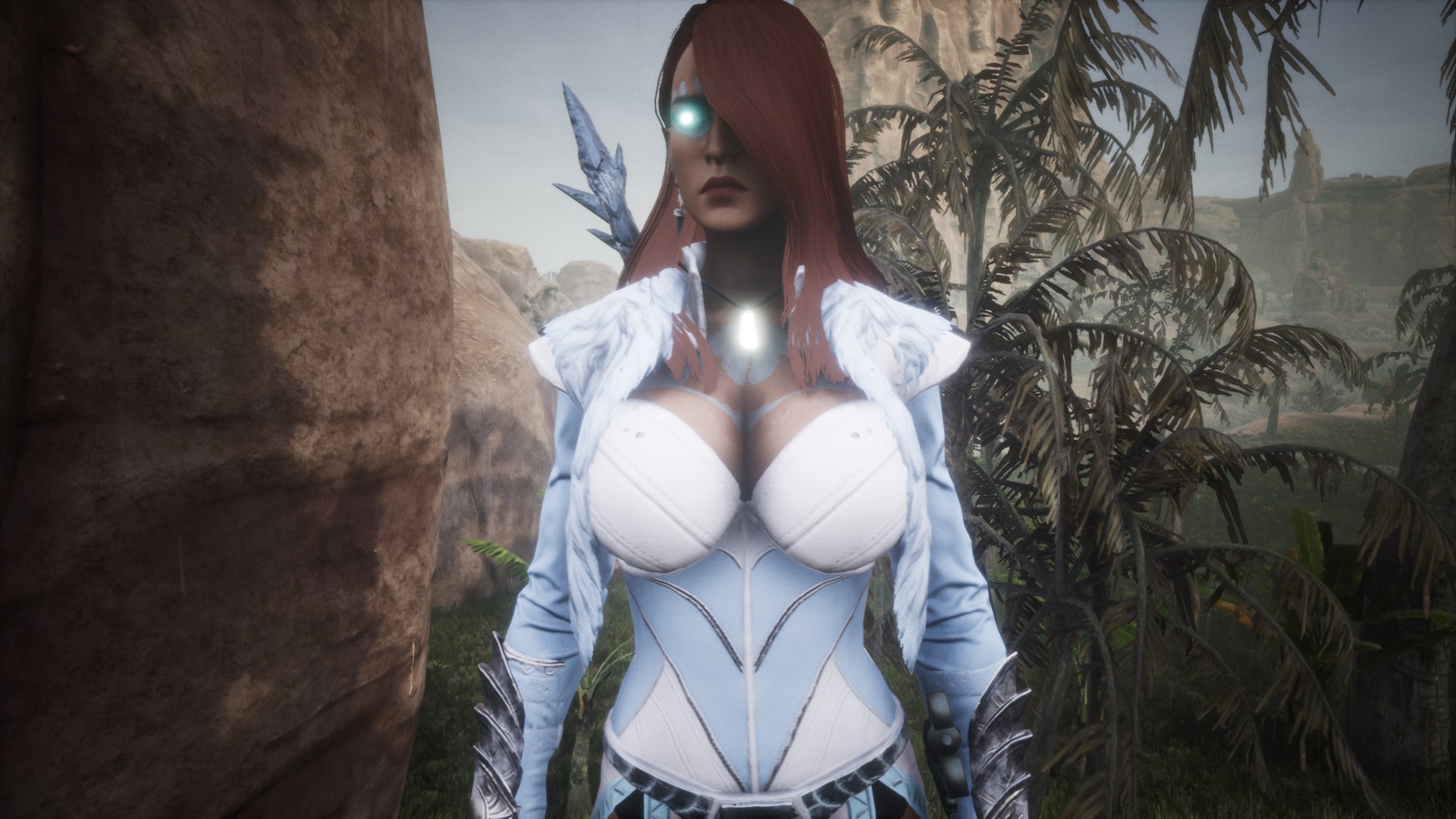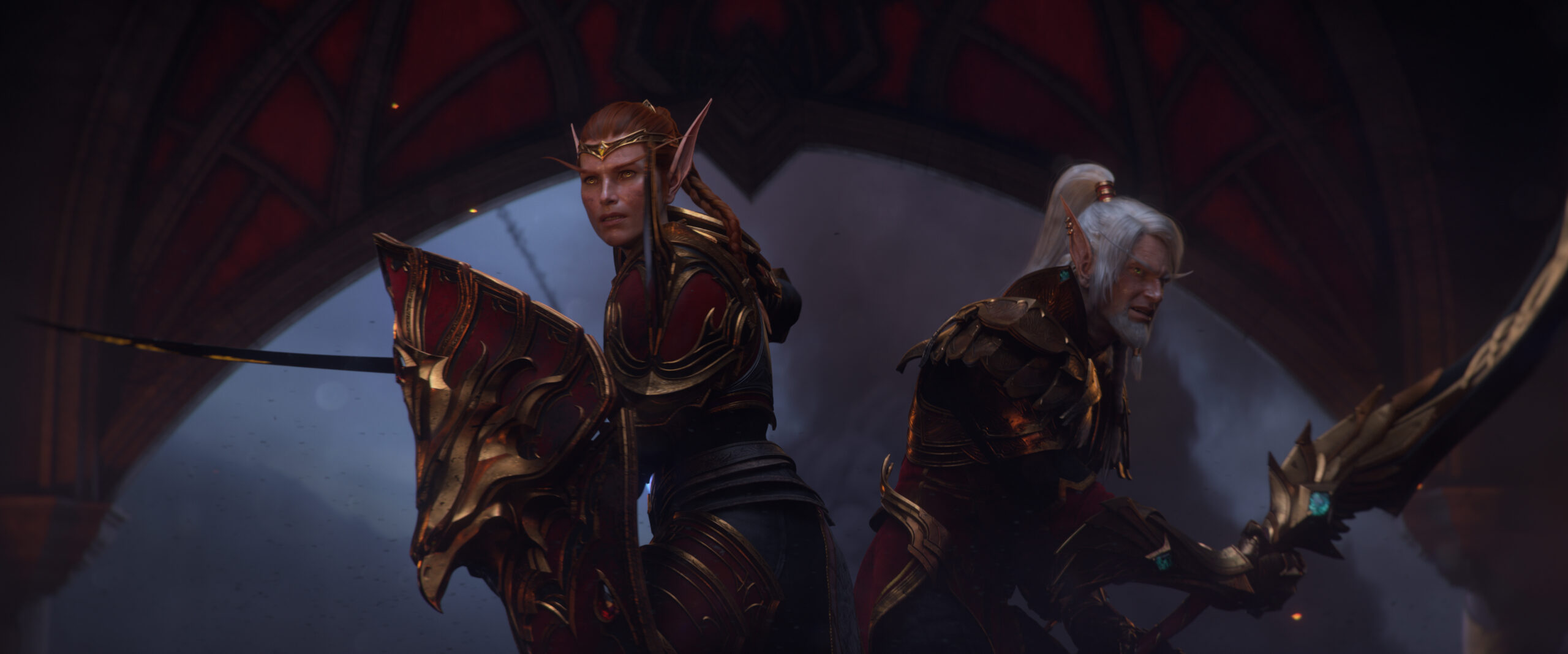Exploring the Sims 4 Dark Aesthetic in Gameplay
Since its release in 2014, The Sims 4 has grown from a simple base game into a rich life simulation. It now covers both the ordinary and the magical. Over time, with expansions, game packs, and extra content, one clear trend has appeared. The game continues to embrace the dark aesthetic. From the haunting pull of vampires to the power of spellcasters and brooding build-mode options, The Sims 4 lets players explore the shadowy side of life. It does so with style, depth, and creativity.
Unlike many games that focus on light and success, The Sims 4 offers a darker side. This gives players a special place to explore new ideas. In this article, we’ll look at how The Sims 4 uses the dark aesthetic in its gameplay, characters, worlds, and creative community.
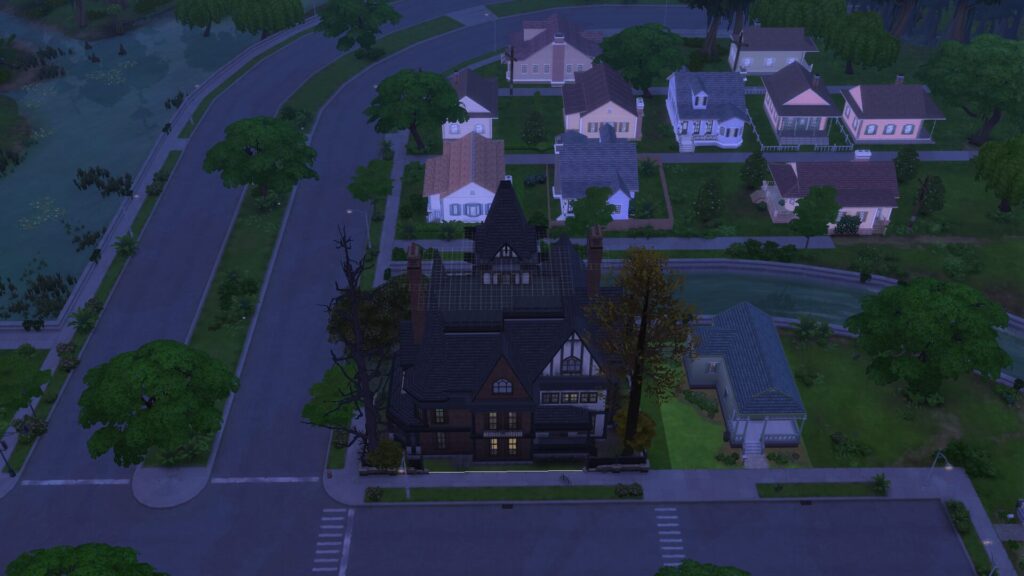
The Dark Aesthetic Foundations: Vampires and Occult Sims
One of the most striking introductions of the dark aesthetic in The Sims 4 came with the Vampires Game Pack. With this, Maxis didn’t just add bloodsuckers—they redefined them. These aren’t just Sims with fangs; they’re deeply customizable supernatural beings with a power hierarchy, dark forms, weaknesses, and a lore-driven sense of existence.
The vampire life-state brought a more dramatic, almost theatrical layer to gameplay. Sims could sleep in coffins, suffer under the sun, or seduce their neighbors into becoming thralls. The addition of Forgotten Hollow, the world that accompanied the pack, further cemented the aesthetic.

The Realm of Magic Game Pack (2019) introduced Spellcasters. The magical theme can feel whimsical, but darker elements remain. The Magic Realm uses dark stone, familiars like skulls and ravens, and duels under moonlight. Sims can embrace chaos magic, curse others, and explore necromantic-inspired lore.
Aliens and mermaids are supernatural additions in The Sims 4. Players can make them eerie instead of ethereal. The Create-A-Sim system offers the versatility for darker customization.
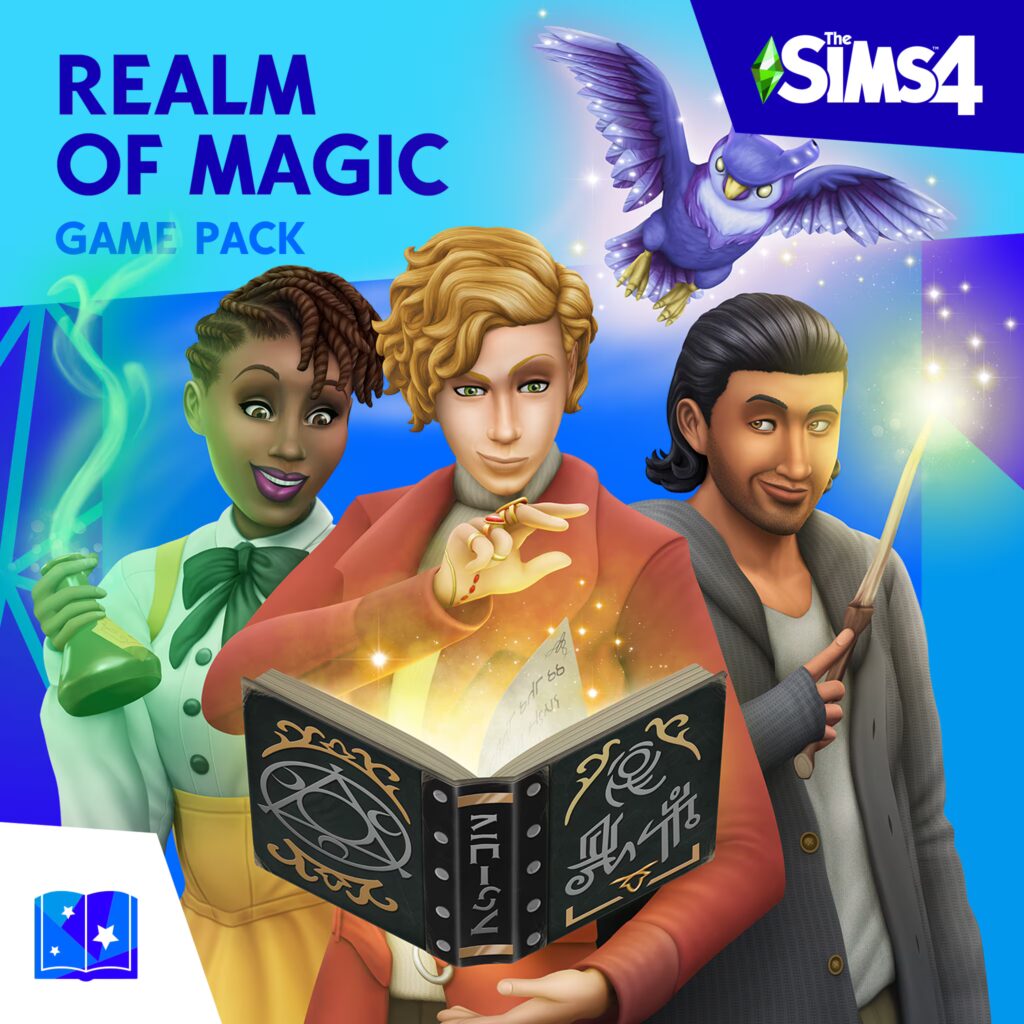
Fashioning the Dark Aesthetic: CAS and Gothic Style
The dark aesthetic truly flourishes in The Sims 4’s fashion and customization. Moreover, players have long enjoyed CAS assets that channel gothic, punk, and occult fashion. In addition, black lipstick, spiked accessories, leather corsets, lace gloves, and platform boots aren’t just community mods; rather, they are frequently included in official content.
The Paranormal Stuff Pack (2021), in particular, introduced Victorian mourning attire, séance-ready outfits, and haircuts reflecting both classic gothic literature and modern spiritualist aesthetics. Furthermore, Eco Lifestyle and Werewolves expanded the wardrobe with rugged, post-apocalyptic styles—perfect for darker dystopian narratives or characters with a rebellious edge.
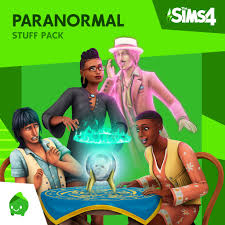
The Sims 4 caters strongly to custom content creators. Many focus exclusively on gothic and dark fashion. Sites like The Sims Resource, Patreon, and Tumblr host thousands of creators. They offer vampire eyes, witchy tattoos, corset tops, pentagram chokers, and even Lucifer-inspired horns.
The game’s CAS tools, therefore, let players sculpt virtually any character they imagine. As a result, it becomes easy to embody a Victorian vampire countess, a shadowy forest witch, or even an occult-obsessed high school loner.
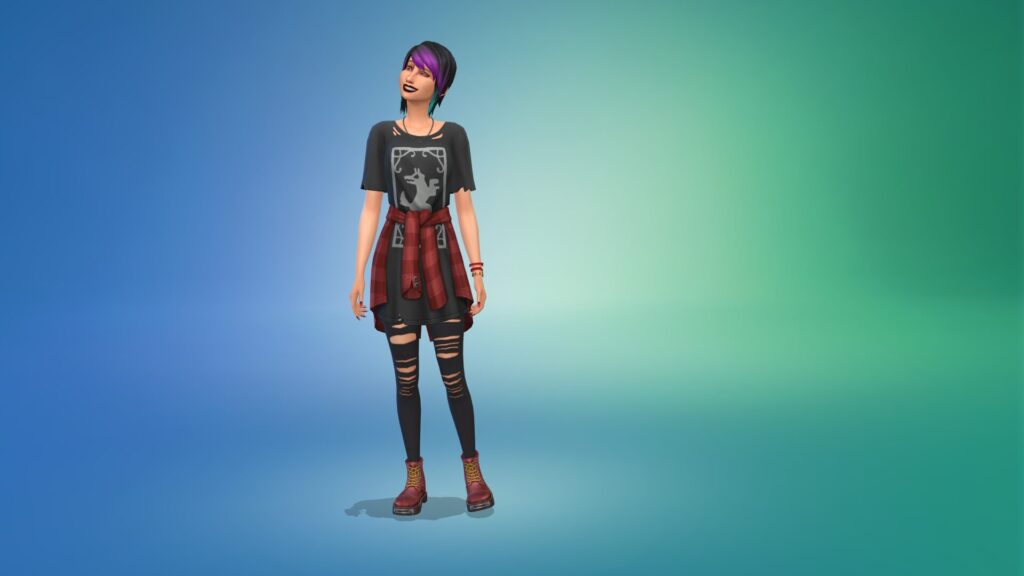
Interior Design and the Dark Aesthetic: Build/Buy Mode
The dark aesthetic isn’t confined to characters; instead, players can construct entire homes or neighborhoods steeped in darkness. Moreover, Build/Buy mode has evolved significantly, offering a broad palette of furniture and architectural pieces suited for gothic mansions, haunted homes, or alchemical labs.
Vampires, for instance, introduced tufted black furniture, wrought-iron fencing, candelabras, and classic dark-wood flooring. In addition, Realm of Magic added mystical arches, floating shelves of ancient tomes, glowing crystal lighting, and cauldron-ready kitchens. Even packs like Spooky Stuff contributed Halloween-themed décor, cobwebs, jack-o’-lanterns, and eerie lighting that, consequently, blend seamlessly with gothic builds.

The Paranormal Stuff Pack, moreover, enhanced this with antique furniture, séance tables, haunted paintings, and Victorian wall trims. Consequently, this design sensibility doesn’t just let players decorate—it allows them to set a mood. In fact, dim lighting, candles, and fog emitters can transform a room from cozy to creepy within seconds.
Players can also use terrain tools, lighting filters, and weather effects from Seasons to enhance the eerie mood. For example, a thunderstorm over a broken-down manor adds drama. A foggy morning in a cursed graveyard creates a chilling, immersive scene for storytelling.

Haunted Lives and Deathly Tales: Gameplay Features
One of the game’s biggest appeals for dark-aesthetic players is storytelling. The Sims 4 includes many gameplay systems with a macabre tone.
With the Paranormal Stuff Pack, players can live in haunted houses. These lots include special features like phantom visitors, creepy night sounds, flickering lights, and cursed dolls. Players can even perform rituals to banish spirits. In addition, the ghost-hunting freelance career creates more chances for storytelling.
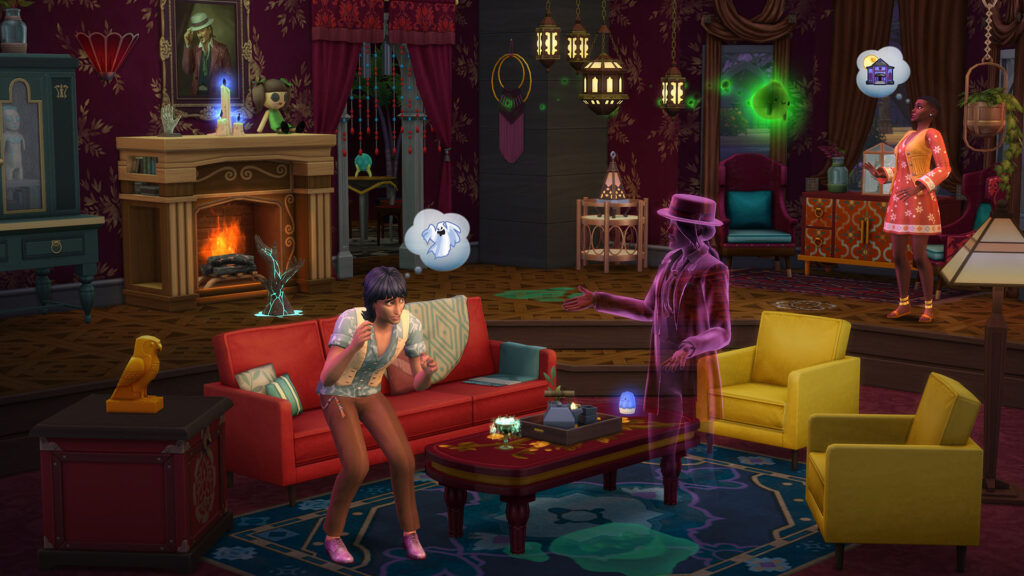
Death is also a deep gameplay mechanic. The Sims 4 includes over 20 death types, such as fire, drowning, electrocution, laughter, rodent bites, and even cowplants. These options let players tell stories of tragic endings or cursed family lines. Ghost Sims keep their memories and can haunt, possess, or even return to the family with magic or science.
Aspirations and careers also support dark-themed storytelling. Players can create an evil genius, a criminal mastermind, or even a freelance occultist. Each one fits easily within the game’s wide range of possibilities.
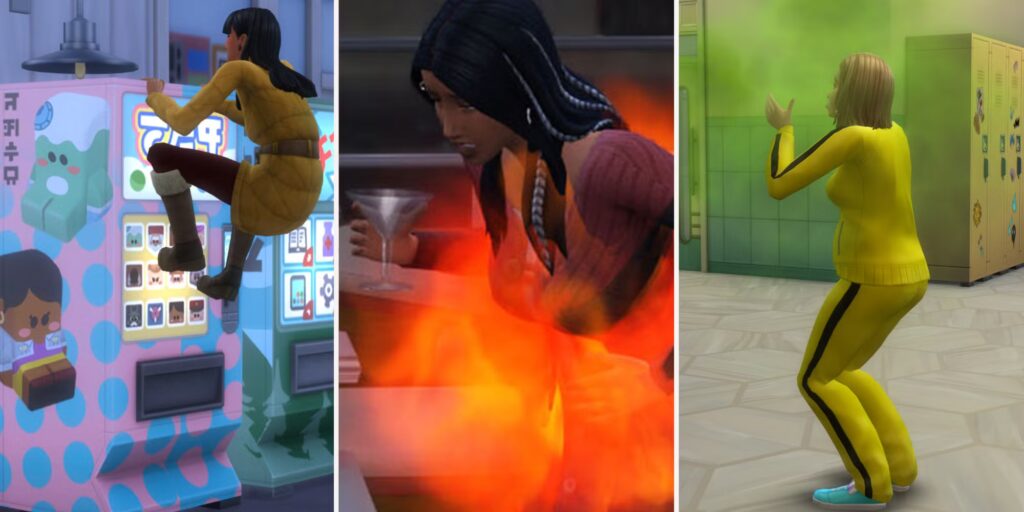
Mods and the Macabre: Community Contributions
WThe Sims 4 provides a solid foundation. However, the community has pushed the dark aesthetic even further with mods and custom content.
Popular creators like Sacrificial Mods offer dramatic new gameplay. “Extreme Violence” allows horror-slasher stories and supernatural attacks. “Zombie Apocalypse” transforms the world into a survivalist dystopia. “Armageddon” lets Sims become heroes or villains in a collapsing world.
Other mods add witchcraft systems, haunted careers, dark religions, and cults. With tools like Pose Player, Reshade filters, and machinima cameras, players can build serialized gothic dramas, supernatural soap operas, or even demonic family legacies.
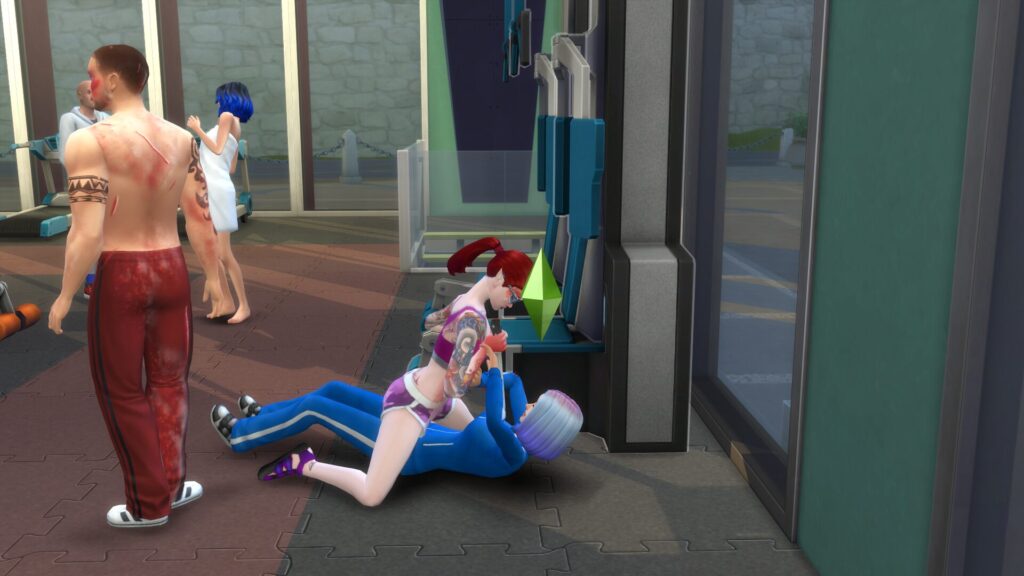
Occult Worlds and Lore-Rich Neighborhoods
World design is key to building atmosphere. Several Sims 4 neighborhoods lean dark by design.
Forgotten Hollow features eternal night, baroque mansions, and vampire NPCs. Glimmerbrook is a quiet forest town that hides a portal to the Magic Realm. Moonwood Mill, from the Werewolves pack, is a rusted industrial town with thick forests and full moon danger. Deadgrass Isle, in Brindleton Bay, holds a spooky pet cemetery and a foggy lighthouse—perfect for ghost hunters or tragic pet lore.
Together, these worlds let players create supernatural sagas with ease.thic horror tales, or occult-themed adventures with minimal setup. It’s an invitation to embrace the weird, the hidden, and the arcane.
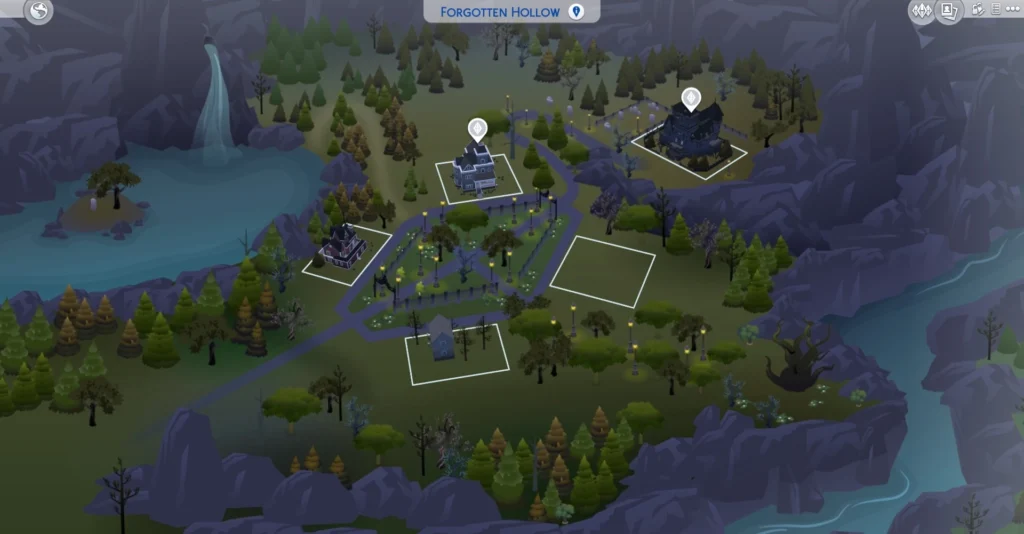
Embracing the Shadows: Representation and Identity
For many players, the dark aesthetic is more than style. It is part of their identity. The Sims 4 gives players tools to explore identity beyond appearance. Sims can be loners, mischief-makers, gloomy, or erratic. They can also reject normal jobs, live off the grid, speak with ghosts, or act in secret.
This freedom makes The Sims 4 a safe space. It empowers those who embrace darkness, both in style and in spirit. Goths, witches, horror fans, and alternative culture players can build digital communities that reflect their values. The game celebrates creativity, rebellion, and authenticity.
Recent updates improve pronouns, body shapes, and skin tones. As a result, players can explore intersectional dark identities without limits. They can create goth witches of color, trans vampires, or nonbinary spellcasters.
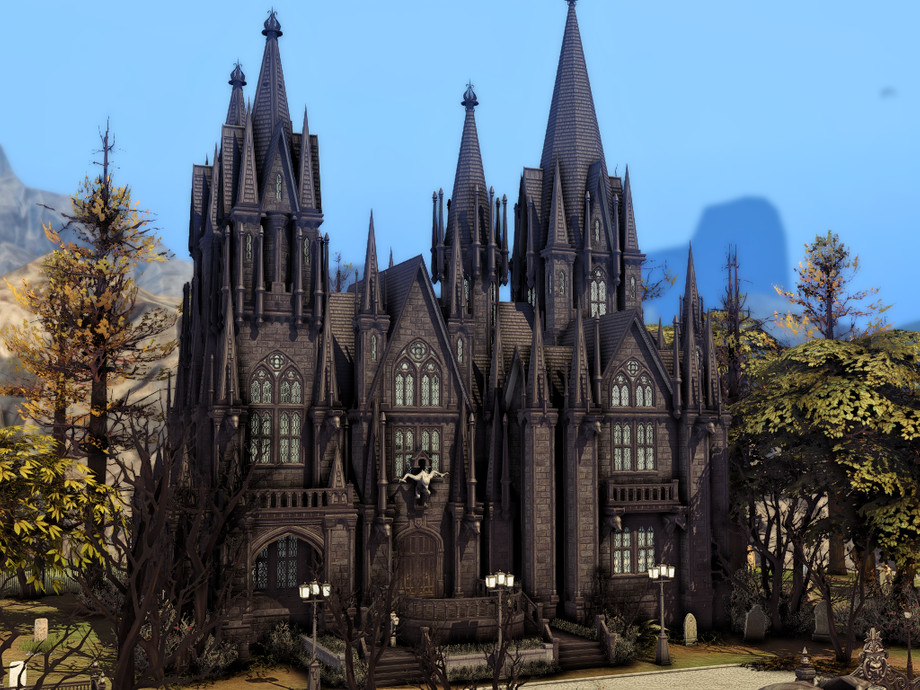
A Love Letter to the Macabre
The Sims 4 has always been about simulating life. And life—real or imagined—includes shadows. In contrast, many games focus on action or realism. However, The Sims 4 offers a dollhouse for the darkly inclined. In this space, creativity and storytelling take center stage.
For example, you can build a haunted manor on a cliff. You might craft a brooding vampire dynasty. Or you can style your Sim in full Morticia Addams glamour. In every case, The Sims 4 makes room for players who enjoy the mystical, the tragic, and the gothic.
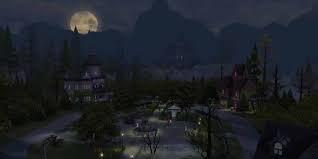
By embracing the dark aesthetic as a core feature, The Sims 4 goes beyond simple style. Instead, it makes darkness part of both gameplay and expansions. As a result, the game shows that even in shadows, there is beauty. And, of course, there is also plenty of drama.


